Project SIARC wins the National Lottery’s Wales Project of the Year 2023

Project SIARC (Sharks Inspiring Action and Research with Communities) has been announced as the winner of the Wales Project of the Year 2023 in the National Lottery awards following a public vote.
Let’s take a look at why Project SIARC, a collaboration led by ZSL (Zoological Society of London) and Natural Resources Wales (NRW), was a worthy winner.
Two hundred years ago, a newspaper reported how a man had caught a shark from the waters off Wales. Measuring more than 1.5m, it became the talk of the town.
With its long, flat body and its colouring the same as the murky waters it had been hauled from, this was an Angelshark.
An elusive and shy creature, it would spend its time buried in the sandy seabed waiting for passing crabs and fish to feed on, hiding from all species that happened to be nearby.
A true master of disguise, this mysterious creature was so rare to see that when it was, it made headlines.
Mystify and intrigue
Like in 1917, when on a beach in Barmouth, on the north Wales coast, a tent was put up to exhibit an Angelshark and crowds gathered to see it. The queue of people was asked to pay a small fee with the proceeds going to charity, to get up close to this mysterious creature.
This species continues to mystify and intrigue. Not much is known about it. Its habits are its own secret.
But what we do know is that just like that newspaper reported, one of the world's rarest sharks is alive and well, living off the Welsh coast.
And it’s not just the Angelshark.
The Welsh coast is home to a range of marine life, including over 26 species of sharks, skates and rays - a group known as elasmobranchs. Elasmobranchs are an important part of Wales’ natural heritage, with significant conservation and cultural importance. Despite this, little is known about many of the species’ biology and ecology.
The Project SIARC team is trying to change this to help this wildlife thrive.
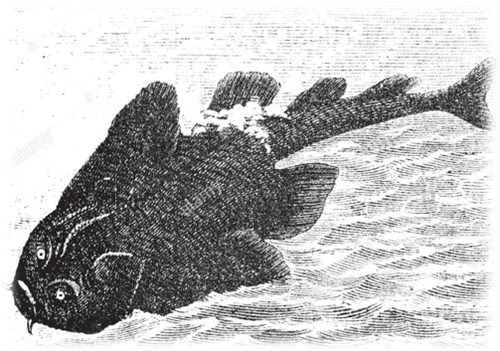
As a specialist advisor in marine ecology for Natural Resources Wales Ben Wray has been involved in learning more about creatures like the Angelshark to help to better understand and safeguard them, for more than a decade.
After getting an email from a colleague about a project he was working on at the time around biodiversity, habitats and species, his interest grew further.
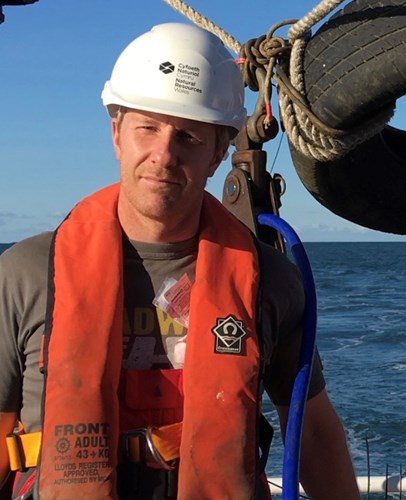
“I got an e-mail about Angelsharks talking about the need to tag them. And I remember reading it thinking ‘ohh Angelsharks? That's weird’ because in another life I used to work as a diving instructor and videographer in the Canary Islands and film Angelsharks all the time,” he said.
“I wasn’t sure it could be the same species in Wales, so I Googled it by its Latin name Squatina squatina and it came up as being found in Wales, and I was thinking that it was crazy because this is the species that I had been diving with.
“And that's how it all started really.”
A small programme of work got under way for this rare species which involved working with fishers. Over time, it led to a partnership with the Zoological Society London and collaboration from a whole variety of other partners, where Angel Shark Project: Wales was founded to later become part of Project SIARC.
![]()
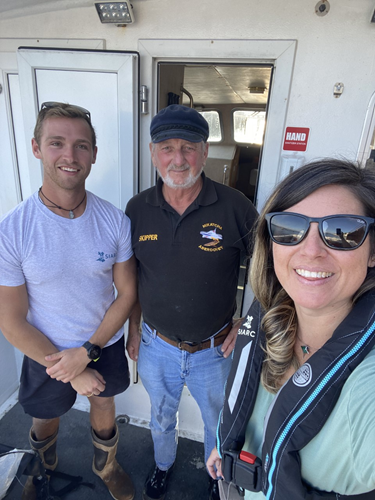
Son of a commercial fisher, Jake Davies, who is the technical specialist for Project SIARC, was already familiar with the weird and wonderful life in our sea but during a student placement with Ben’s team, he heard about the Angelshark for the first time.
“Ben mentioned Angelshark and that was quite interesting to know that we had them. I didn't really actually have any idea what an Angelshark was at that time, so I started looking into it,” explained Jake.
He began researching different websites, forums and social media, building up networks with fishers and local communities who shared information about Angelshark sightings and built up a network where collective data sharing got under way ranging from historical to present day.
“Over the years, we've collected all that data and done a lot more community engagement and have kind of raised the profile of Angelsharks off the Welsh coast to just show people that we have one of the rarest sharks off the coastline,” said Jake.
“We had over 2,000 records dating back to 1812 and loads of historic references.”
Conversations with people in angling shops as well as with fishers led to memories of when Angelsharks were caught helping the team build a picture of the species in Wales.
Jake explained: “Through the conversations with fishers, they were then asking, ‘what about Tope?’ Or ‘what about these other shark species that we know little about?’”
As a result, Project SIARC now focuses on six elasmobranch species that live off Wales’ waters working with local communities and fishers to gain understanding on these species, and to recognise the heritage importance.
One of the many things the project team do is work with citizen scientists and school children to inspire, engage, and gather information on the elasmobranchs that are present off the coastline and share why they are important to our oceans.
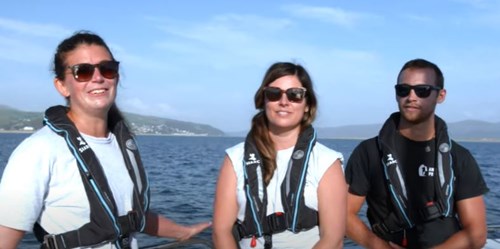
Sarah Davies Project SIARC Coordinator explained.
“A big part of this is our citizen science activities so we work together with the Shark Trust and North Wales Wildlife Trust to put on Great Egg Case Hunts at local beaches, where anyone can join to learn about and search for shark and skate egg cases, sometimes called mermaids purses, which get washed up on the beach.
“The participants help to collect and record the data - where the egg cases are and the abundances, which helps us to understand which species are present and where.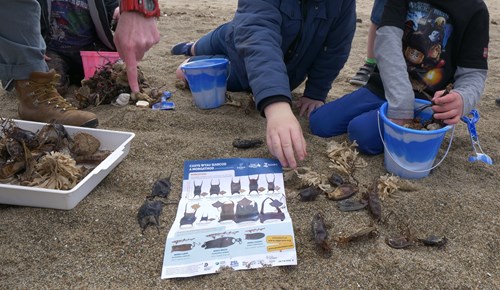
“Volunteers were also recruited for archival research - scouring libraries and museums looking for all these old historical records,” she added.
And yet despite the information the team have gathered on the sharks in Welsh waters, there’s so much that is still unknown about the fascinating sharks, skates and rays that inhabit the coast.
One thing is for sure though, Angelsharks and the other shark, skate and ray species in Wales, pose no threat to human life.
Jake, who has captured videos of an Angelshark in Welsh waters said: “If you see one, it's an amazing moment.
“If you are fortunate to see one, especially underwater because there's a very few sightings of Angelsharks, they are completely harmless.
"They just spend a lot of their time buried under the sand or mud, where they'll just wait for food to come to them such as small fish. It’s not just Angelsharks, it’s incredible to spend time in the water with any of the shark, skate and ray species that can be found along the coast.”
Anyone currently living or residing in Wales can get involved with Project SIARC by visiting www.projectsiarc.com or following the work on Facebook, Instagram or Twitter.
Project SIARC is currently funded by Welsh Government’s Nature Networks Fund.
